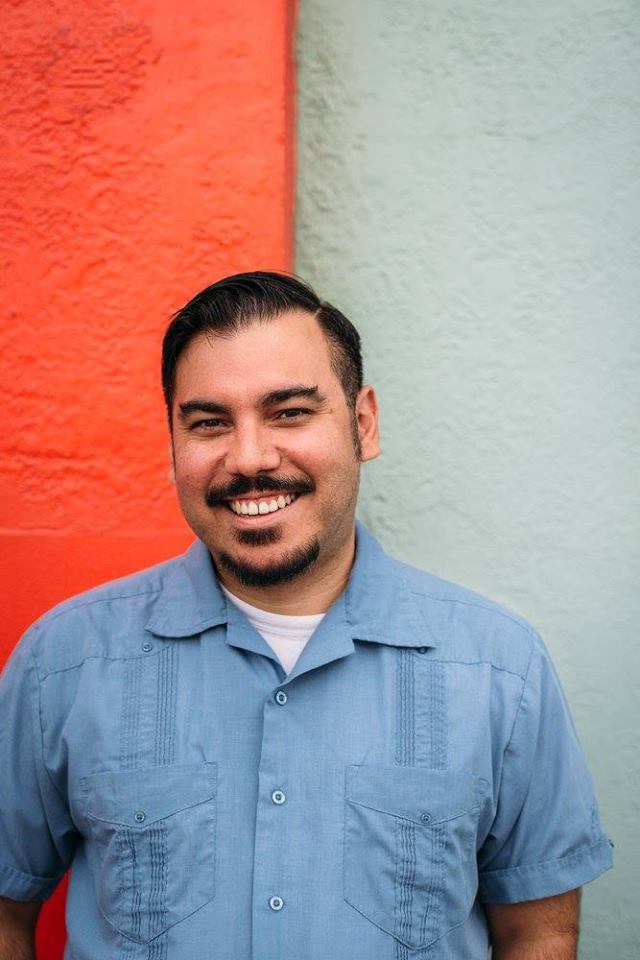“If you’ve ever wanted to look into the face of God, eat a taco.” That’s how food journalist José R. Ralat described Dallas’ taco scene for D Magazine.
If savoring a taco al pastor on corn with cilantro, onions, salsa verde and a little lime juice can really be a religious experience, maybe the editors at Texas Monthly, who recently named Ralat as the magazine’s (and the country’s) first-ever taco editor, gave him the wrong title. Instead, his byline should include the words taco disciple.
“The generalization is that everything will eventually end up in a tortilla,” Ralat tells Remezcla in a recent interview. “Tortillas are not only vessels; they are also utensils.”
“Tortillas are not only vessels; they are also utensils.”
Even before landing this gig with Texas Monthly, Ralat’s taco-tasting crusade began nearly a decade ago when he started writing about tacos for the Dallas Observer. His weekly blog, The Taco Trail, which he would later develop into a website, took him to taquerias all over the Dallas area.
During this time, Ralat also freelanced for Cowboys & Indians Magazine as their food and drink editor. In 2015, he co-edited Texas Monthly’s December cover story, “120 Tacos You Must Eat Before You Die,” an assignment that afforded Ralat the opportunity to visit 10 Texas cities and eat nearly 400 tacos.
“That does not include double orders or return visits,” Ralat says, proudly.
Four years later, the magazine asked Ralat to start writing a taco column. But Ralat countered their offer with a whole new staff position. Since the publication already had a barbecue editor and he considers barbecue more of a “destination food,” he thought it only made sense to create a taco editor role. Texans, he says, eat Mexican food every day.
“Everyone eats tacos,” Ralat adds. “And if we’re talking about corn tortillas, then we’re talking about the foundation of Mexican culture and identity.”
It’s a culture Ralat admits he was “adopted into” by his wife since he is of Puerto Rican heritage. He jokingly blames her for his taste buds tingling every time he sees a taco.

“Early in our relationship, she made me breakfast tacos,” he says. “They were just simple ones – chorizo and egg with cheese – and they blew my mind. I like to say those chorizo and egg tacos were the reason I fell in love with her.”
Ralat, however, adds that his love for tacos might have come even earlier in his life. His mother recently told him that one of the first solid foods she fed him as a baby was a pan-fried taco dorado de picadillo.
“I don’t know if that means anything, but it’s a fact,” he says.
What he also considers a fact is something he told The New Yorker during an interview when he landed his new job, which caused a little controversy among foodies nationwide. He told the publication that burritos should be considered tacos.
“What do you think the best way to eat a taco is?”
“That should not be controversial whatsoever,” Ralat says. “There is a body of scholarly work that has been created by people who have been doing this much longer than I have. There is evidence to back it up.”
But what about the fact that burritos are rolled up and tucked in, unlike a taco?
“What do you think the best way to eat a taco is?” Ralat asked. “Rolled up, so that none of the filling falls out! I also like to say that a quesadilla is just a really cheesy taco.”
Ralat thinks the burrito vs. taco debate is just semantics. There are plenty more things people can agree on than disagree when it comes to tacos, including how diverse the traditional food has become in such a short time.
“You can get East Indian tacos in Texas now,” he says. “Tacos are quickly changing. People are combining ingredients from different cultures that represent the areas where they’re from. They’re pushing boundaries and that’s exciting.”




